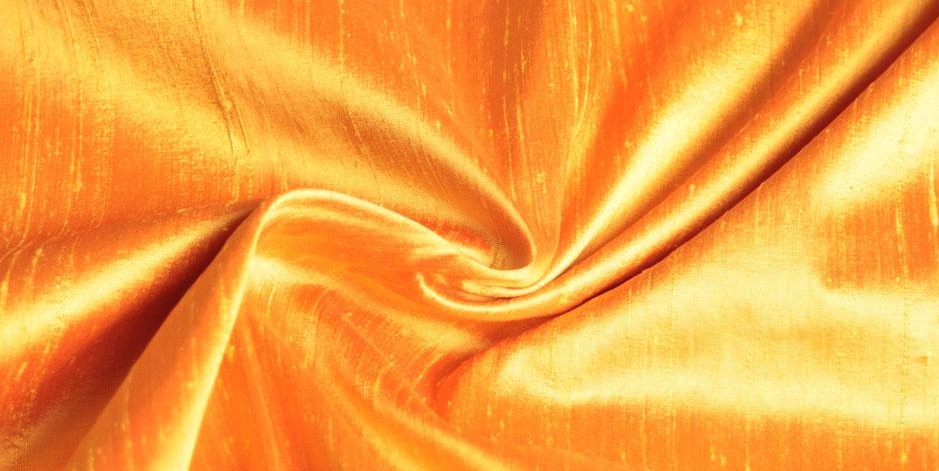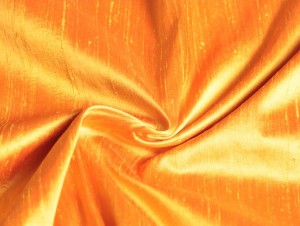
 OK, I don’t claim to know everything there is to know about textiles. I am always happy to admit my shortcomings in order to learn new things. But, at the risk of sounding cheeky, I do have a pretty decent understanding of fabric. My hefty college loan repayments better be for a reason! So when someone called me looking for “smooth silk duppioni”, I got a crook in brow and a look of confusion on my face. “Smooth?” I asked. “Yes, you know, a Shantung, it’s a smooth Dupioni.” Now, correct me if I’m wrong, but is not dupioni the yarn? It’s formed from two silk worms producing silk side by side. When I responded this way, the person on the other end suggested that I hand the phone to someone who might have a better understanding of textiles. Well, I’m not going to lie, that did not sit well with me. So I am making it my mission to clear this matter up.
OK, I don’t claim to know everything there is to know about textiles. I am always happy to admit my shortcomings in order to learn new things. But, at the risk of sounding cheeky, I do have a pretty decent understanding of fabric. My hefty college loan repayments better be for a reason! So when someone called me looking for “smooth silk duppioni”, I got a crook in brow and a look of confusion on my face. “Smooth?” I asked. “Yes, you know, a Shantung, it’s a smooth Dupioni.” Now, correct me if I’m wrong, but is not dupioni the yarn? It’s formed from two silk worms producing silk side by side. When I responded this way, the person on the other end suggested that I hand the phone to someone who might have a better understanding of textiles. Well, I’m not going to lie, that did not sit well with me. So I am making it my mission to clear this matter up.
I cannot order for anyone a “smooth dupioni, otherwise known as shantung” . If I contacted my mill and asked them for this, they would laugh at me. “Shantung, Dupioni, same thing” is what they would say. They are both slubby. One is not less slubby than the other. I am learning that it is popular belief to think so, but how can anyone have control over how many slubs a silk worm produces? I am really curious and hoping to get some feedback on this. I truly want to be put in my place if I need to “hand the phone” to someone else.

Anna
Nicole, of course you are correct!
Dupioni/Doupioni refers to the fiber — a double strand of silk fiber produced by twin worms in one cocoon. Fabric woven from Dupioni fibers is called Shantung.
But I do think most people believe Shantung to be a “smoother Dupioni”, probably due to all the different synthetic weaves out there.
🙂
Anna (Interior Designer & Old School Milliner)
FoxAndTheFeather.etsy.com
Nicole Giordano
Thanks for your feedback Anna!